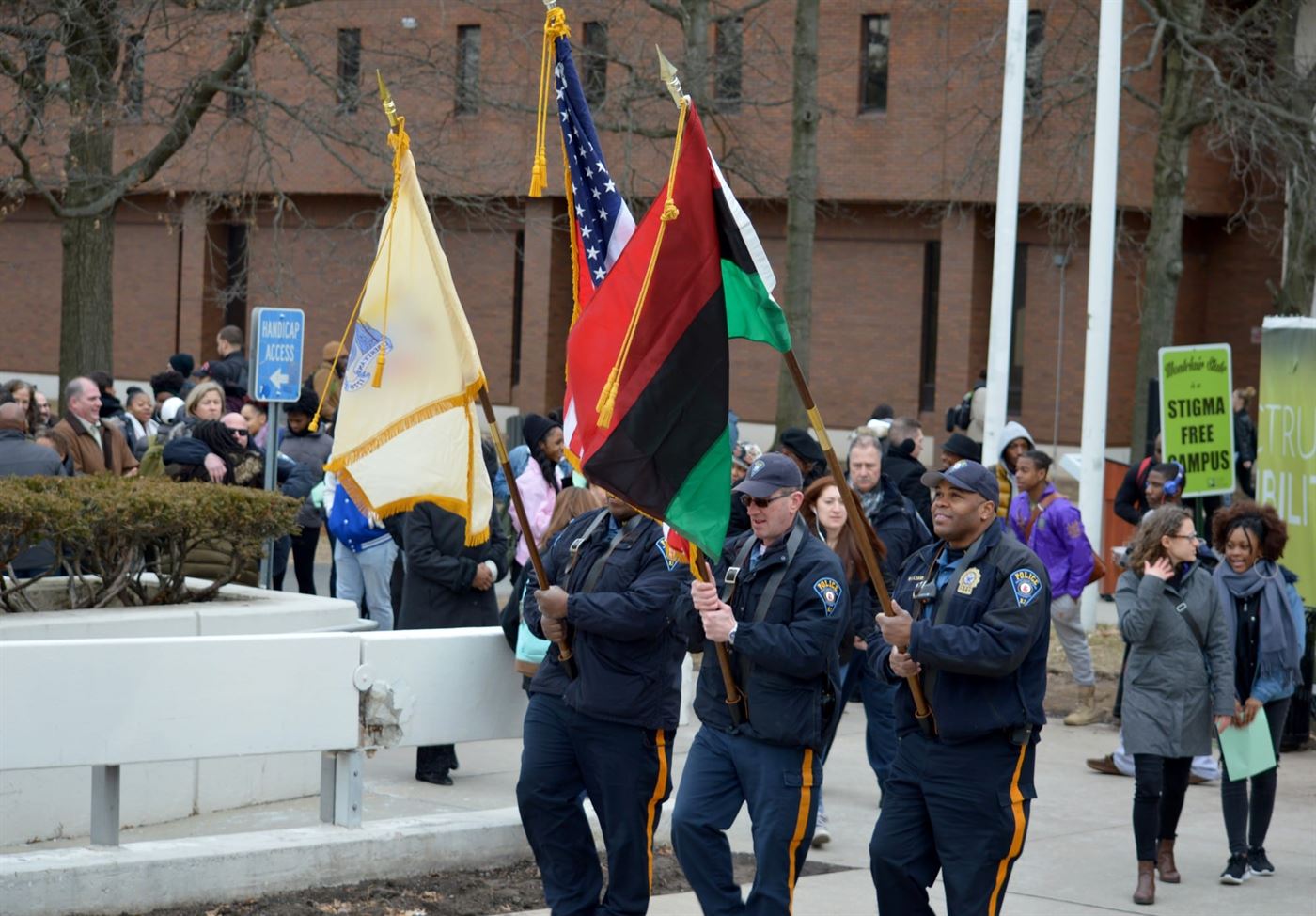On Montclair State University’s website, they outline their “commitment to diversity” by having an “inclusive, richly diverse community that fosters mutual respect, tolerance and understanding among all students and employees” on campus.
The undergraduate population in 2017 was 47 percent white, 29 percent Hispanic/Latino, 6 percent Asian and 13 percent Black/African-American. The Black/African-American undergraduate population, in particular, has increased the most over the past five years. Since 2013, the number of Black/African-American students attending Montclair State increased 4 percent from 2013 from the original 9.26 percent.
However, even with this accomplishment, there still seems to be a lack of consistency in the school’s message. CollegeFactual.com posts statistics on Montclair State as well, including student and faculty diversity. According to them, only 9.8 percent of the faculty is Black/African American. This is a stark contrast to the student demographics and shows that we may not be as diverse after all.
We have to wonder why that may be as there could be various factors. However, if the school really wants to be an inclusive campus, then they should emphasize diversity in the same way with faculty as with students. The low percentage of Black/African-American faculty outlines a problem that we may be short changed in our education.
Every professor can share their experience and perspective on their subject, and it is important that they learn more about the black experience as well. With the lack of Black/African-American staff, black students may feel isolated in identifying with their professors, or if the topic is related to black history, would be more powerful or insightful to hear from them.
For the most part, the attitude toward the issue is split. Some students believe that it is not a problem.
“I do not think this is a big issue in my department,” said Amir Botros, a senior jurisprudence and political science major. “There is a good amount of diversity, especially in the last few years. There has been more hiring of adjuncts of diverse ethnicities and races and so on.”
This attitude implies that the issue may be departmental and not campuswide. However, Montclair State officials portray this school as being diverse and the student numbers should not be the only reflection of that. Extending the mission statement to diversifying faculty would only lead to the betterment and the continued growth of the campus quality of life.
“Honestly, I don’t think I have ever had an African-American professor here,” said senior Anna Messina, a communication and media major. “Montclair should consider raising the number of ethnic professors. If they want to seem as diverse as they want to come across, they should definitely think about that.”
This month is Black History Month, which highlights and celebrates the achievements, hardships and heroism of many Black/African-Americans that have made a difference in history. Especially with some of the racial tension happening today, this is also a good time to reflect on the impact Black/African-Americans have made in our society and decide the course of action for faculty inclusiveness.



